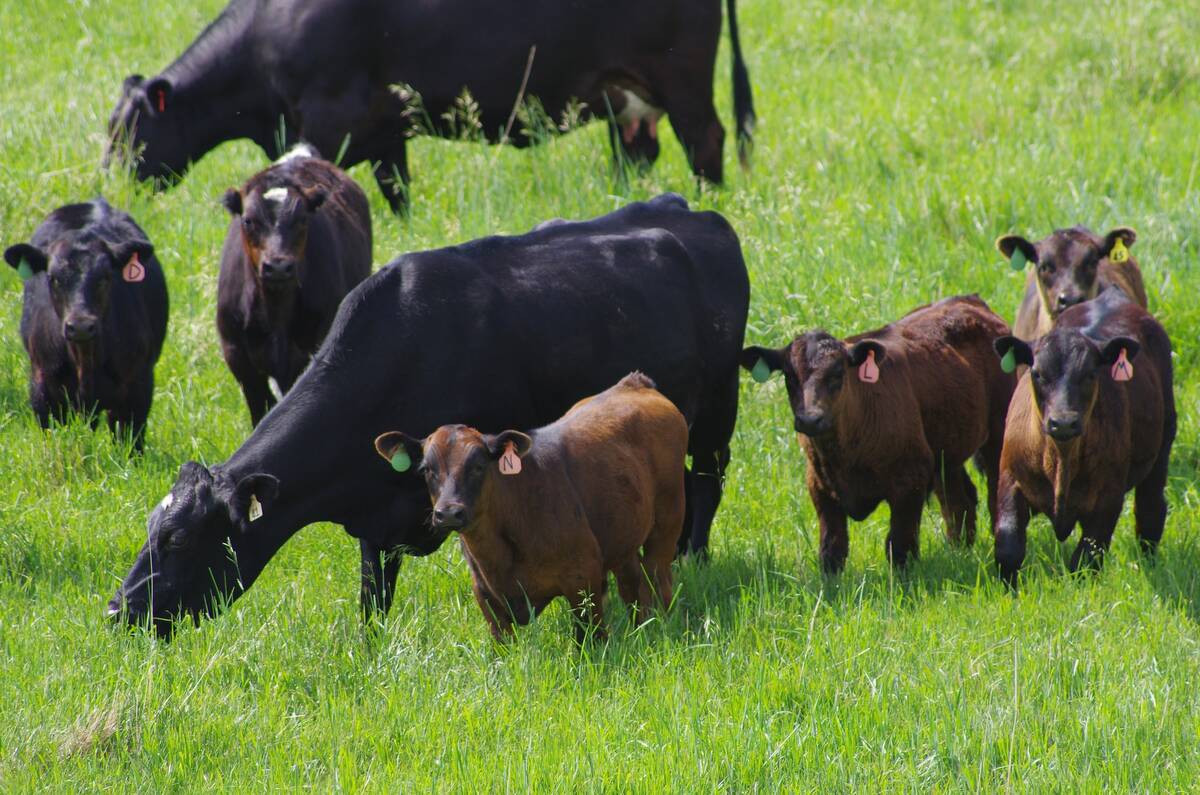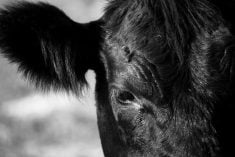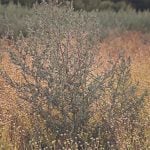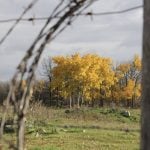There are currently just under 500,000 gas and oil wells in Alberta. Although difficult to find exact numbers, it appears nearly 5,000 new oil and gas wells are drilled across Western Canada every year. Capital investment for the Canadian oil and gas sector could reach $40.6 billion in 2024.
It’s big business and much of it occurs where cattle and oil exist in an untidy discord. The mismatch of new wells, retired wells and poorly regulated cleanup requirements spells high-risk situations where cattle come into direct contact with crude oil and gas or remnants of the infrastructure required to get crude to refineries.
Early explorers used petroleum that seeped through cracks in the earth’s surface as lubricants, medicine and insect repellant for livestock. Drilling activity near Waterton in 1902 yielded Alberta’s first oil well. Closer to Edmonton, Leduc No.1 provided the geological key to Alberta’s most productive and prolific oil reserves.
Read Also

Diagnosing and preventing lump jaw in beef cattle
Causes, symptoms, treatment, prevention and prognosis of lump jaw in beef cattle
The boom in oil opened a new chapter in veterinary medicine for western Canadian veterinarians. Crude oil and its vicinity to cattle on range created many problems for producers and oil companies alike. Cattle and oil don’t mix.
Crude oil toxicity can occur when cattle drink crude oil, constantly ingest products leaking from pumps and pipes, inhale toxic fumes, and through skin contact with petroleum, petroleum condensate, gasoline, diesel fuel, kerosene, crude oil, or other hydrocarbon mixtures. Prolonged contact may cause illness in groups of animals. Occasionally, petroleum products kill animals as they try to groom themselves. Consumption of crude oil directly from open containers or pools of crude is always a risk. Inhalation may occur in poorly ventilated areas where petroleum products have been used or stored. Ruminants may ingest these products in large amounts when thirsty, curious, seek- ing salt or other nutrients, or when food or water is contaminated. Cattle have been observed to “binge drink” petroleum even with an adequate water source. Pipeline breaks, accidental release from storage, railway tank car accidents, and open or leaky containers are all potential sources.
Scientific articles on petroleum toxicity are careful to point out that the physical properties of offending material affect exposure and toxicity. For instance, absorption is greater with highly volatile, lower molecular weight hydrocarbons (e.g. hexane, gasoline). Aromatic hydrocarbons (benzene, toluene) are lipid soluble. Crude oil that has lost much of its lighter, more volatile components through weathering may still be hazardous.
Crude oil and gasoline contain varying amounts of aromatic hydrocarbons, including benzene (two to five per cent in gasoline), toluene, ethylbenzene and xylene. When ingested or inhaled, these compounds produce acute and chronic effects different from other hydrocarbons that make up most oil and gas products. Benzene produces changes in blood parameters and is a known carcinogen. Toluene exposure causes neurologic signs. Inhalation of n-hexane over time damages peripheral nerves. Neurological signs occur when sufficient petroleum product is absorbed into the brain or peripheral nerves.
Drs. R. Coppock and M. Mostrom research environmental toxicology at the Alberta Environmental Centre in Vegreville, Alta.
They have studied issues of oil field exposure to pollutants for many years and recognize the conundrum that exists between two major industries. In their view, cattle are poisoned by petroleum and substances used in drilling and operating oil and gas wells.
The most commonly reported route of exposure for non-gaseous material is oral. Exposures occur when the petroleum or chemicals used in oil and gas field activities are available to cattle and when water and feedstuffs are contaminated. Cattle, as a leisure activity, explore and ingest crude oil. Based on morbidity patterns in cattle herds, the amount of toxic substance ingested is variable. When water and feedstuffs are contaminated, generally several animals within a herd are affected.
Cattle have been poisoned by a wide variety of chemical mixtures. For substances high in volatile hydrocarbons, the lung is a target organ. Hydrocarbons also target the kidney, liver and brain. Exposure-linked abortions have been reported in cattle. Diethylene glycol targets the brain, liver and kidney. The reported threshold dose of unweathered oil for cattle ranges from 2.5 to five ml/kg body weight, and the reported threshold dose for weathered oil is 8 ml/ kg. (See Toxicology of oil field pollutants in cattle: A review, available through several online research sites).
In major studies led by Dr. Cheryl L. Waldner at the Western College of Veterinary Medicine, researchers varied in their conclusions about potential effects of exposure to oil field pollutants. In one study, they were successful in obtaining statistically significant differences in exposure to various types of oil and gas facilities. In another study, exposures to sulphur dioxide and hydrogen sulphide were not significantly associated with the risk of lesions to respiratory tissues in calves that were born alive in spring 2002, but increasing postnatal exposures to volatile organic compounds measured as benzene and toluene were associated with increased odds of respiratory lesions. In a third study, there was no evidence across the measured range of exposures that emissions of sulfur dioxide, hydrogen sulfide, volatile organic compounds measured as benzene or toluene, or well-site density increased the risk of either abortion or stillbirth in these beef herds.
Veterinarians need to be careful when tabling conclusions about investigations they conduct on behalf of producers convinced they have issues with oil companies. In conclusion, it is fair to say:
- Animals exposed to petroleum hydrocarbon products through inhalation, ingestion, or dermal contact can be negatively affected by oil field pollutants. The respiratory tract can be affected. Additional clinical signs can occur in the GI tract, the central nervous system and reproductive system.
- There is no specific antidote for petroleum product toxicosis.
- Animals exposed to petroleum hydrocarbon products often develop into legal cases that require extensive documentation and analytical testing, with necropsies and additional testing for cause of death.

















